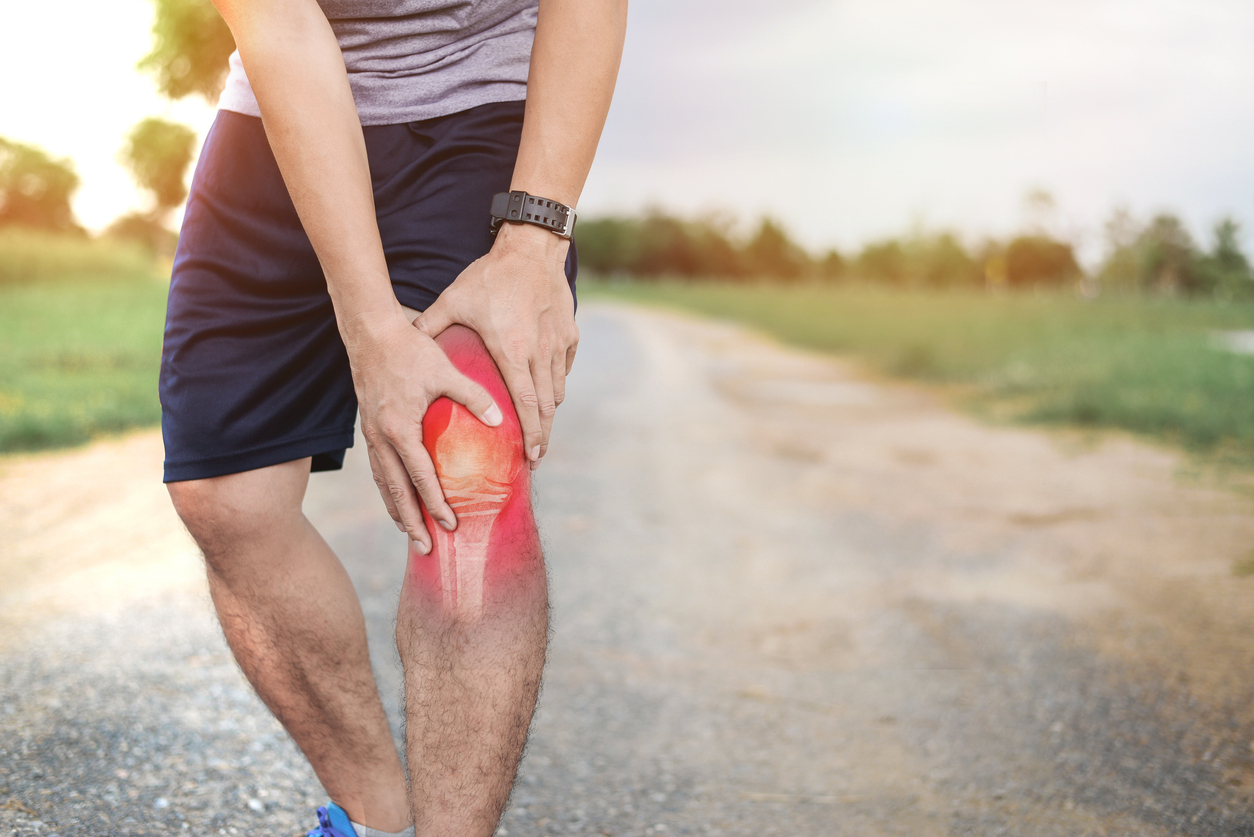Knee pain is a common issue that can affect people of all ages, stemming from a range of causes, including injuries, arthritis, and overuse. Managing knee pain effectively requires a tailored approach that considers the underlying cause and severity of the condition. Below are various treatments for knee pain, covering everything from lifestyle modifications to medical interventions. These approaches aim to reduce pain, improve mobility, and enhance quality of life.

Understanding the Causes of Knee Pain
Knee pain can be attributed to various conditions, such as osteoarthritis, ligament injuries, and tendinitis. Each condition requires specific treatment methods, which are best determined by understanding the root cause. For example, osteoarthritis is a degenerative joint condition commonly seen in older adults, whereas ligament injuries are often caused by physical activities like sports. Accurately identifying the cause of knee pain is essential for determining the most appropriate treatment.
For a comprehensive guide to knee pain causes, check out this detailed article on knee pain causes and symptoms by Mayo Clinic.
Non-Surgical Treatments for Knee Pain
Rest and Lifestyle Changes
For many, knee pain can be alleviated with simple adjustments. Resting the knee joint allows it to recover, especially if the pain results from overuse or minor injuries. Avoiding activities that aggravate the pain, such as prolonged standing or intense physical activity, can help. Additionally, low-impact exercises, like swimming or cycling, are effective alternatives to keep the joint moving without excessive strain.
Proper footwear and weight management are also essential. Wearing shoes that provide good arch support can significantly reduce knee strain, especially if you’re on your feet for extended periods. Maintaining a healthy weight reduces stress on the knees, which is particularly beneficial for individuals with osteoarthritis.
Physical Therapy and Exercise
Physical therapy is an invaluable resource for knee pain management. A licensed physical therapist can create a personalized exercise plan focusing on strengthening the muscles around the knee, which helps stabilize the joint and prevent further injury. Exercises like hamstring stretches, quadriceps strengthening, and hip exercises can improve knee alignment and reduce pain.
One helpful reference for exercises specifically designed to strengthen the knee is this guide by Harvard Health Publishing: Exercises for Knee Pain Relief.
Over-the-Counter and Prescription Medications
Pain Relievers and Anti-Inflammatories
For mild to moderate knee pain, over-the-counter medications like acetaminophen or nonsteroidal anti-inflammatory drugs (NSAIDs), such as ibuprofen, can help reduce pain and inflammation. However, these medications should be used cautiously and as directed, as long-term use may lead to side effects.
In cases where over-the-counter options are insufficient, doctors may prescribe stronger medications. These can include higher doses of NSAIDs or specific pain-relief medications like tramadol. Prescription medications are typically reserved for severe cases, and it’s essential to discuss the risks and benefits with a healthcare provider.
For more detailed information on the types of medications commonly used for knee pain, refer to WebMD’s knee pain medications overview.
Injectable Treatments for Knee Pain
Corticosteroid Injections
Corticosteroid injections are frequently used to reduce inflammation and relieve pain in the knee joint, particularly for those with arthritis. These injections provide temporary relief, lasting from a few weeks to several months. While effective, they should not be used frequently due to potential side effects, such as cartilage damage.
Hyaluronic Acid Injections
Another option, especially for those with osteoarthritis, is hyaluronic acid injections. Hyaluronic acid, a natural component of joint fluid, acts as a lubricant and shock absorber in the knee. Injecting this compound can enhance joint lubrication, leading to improved movement and decreased pain. Hyaluronic acid injections typically offer relief for about six months and are often suitable for patients who do not respond well to corticosteroids.
For an in-depth look at how injections work for knee pain, see this article by Arthritis Foundation: Injections for Arthritis Pain.
Advanced Treatments for Severe Knee Pain
Platelet-Rich Plasma (PRP) Therapy
In recent years, platelet-rich plasma (PRP) therapy has gained popularity as an alternative treatment for knee pain. PRP therapy involves injecting concentrated platelets from the patient’s own blood into the knee joint to promote healing and reduce inflammation. Studies suggest that PRP may be effective in managing osteoarthritis-related knee pain, though research is ongoing.
PRP is often seen as a natural and less invasive alternative to surgery. However, its effectiveness can vary depending on the individual, and it may not be covered by insurance due to its experimental status.
To learn more about PRP therapy for knee pain, check out Cleveland Clinic’s comprehensive guide on PRP Therapy.
Surgery Options for Knee Pain
When non-surgical methods fail to provide adequate relief, surgery may be considered. Common surgical options include arthroscopy, partial knee replacement, and total knee replacement. Arthroscopy involves making small incisions around the knee to remove or repair damaged tissues. This minimally invasive procedure is often recommended for meniscus tears or ligament injuries.
For individuals with severe arthritis, partial or total knee replacement may be necessary. These surgeries involve replacing damaged knee components with artificial implants, which can significantly improve mobility and reduce pain. Recovery times vary, but most patients experience significant relief and increased quality of life post-surgery.
If you’re considering surgery, consult a reputable orthopedic source, such as the American Academy of Orthopaedic Surgeons, at Knee Replacement Surgery Guide.
Complementary Therapies for Knee Pain Relief
Acupuncture
Acupuncture, an ancient Chinese medicine practice, is recognized for its potential to relieve various types of pain, including knee pain. During acupuncture, fine needles are inserted at specific points around the knee to stimulate blood flow and promote healing. While the effectiveness of acupuncture can vary, many people report significant pain relief after several sessions. It is considered a low-risk option when performed by a licensed practitioner and may complement other treatment methods.
Dietary Supplements
Certain dietary supplements may also be beneficial in managing knee pain. Supplements like glucosamine and chondroitin are commonly used to promote joint health and reduce symptoms of osteoarthritis. Omega-3 fatty acids, found in fish oil, are known for their anti-inflammatory properties, which can also support joint health.
Though these supplements are widely available, it’s best to discuss their use with a healthcare provider, especially if you’re taking other medications. For more information on supplements for joint health, refer to the National Center for Complementary and Integrative Health’s article on Supplements for Joint Pain.
Conclusion: Choosing the Right Treatment Plan
Knee pain can significantly impact daily activities, but various treatments are available to alleviate symptoms and improve functionality. Choosing the right treatment plan requires understanding the cause and working with a healthcare provider to find the most effective approach. While lifestyle changes, physical therapy, and medications are often sufficient for managing mild to moderate knee pain, advanced treatments like PRP therapy or surgery may be necessary for more severe cases. Additionally, complementary therapies, such as acupuncture and supplements, offer supportive options that can further enhance the effectiveness of your treatment plan.
With the right combination of methods, relief from knee pain is achievable, allowing you to maintain an active, healthy lifestyle.



